A go-kart is a type of open-wheel car or quadracycle. They come in all shapes and sizes, from very simple models often made with scrap wood and ball-bearings, all the way to high-powered racing machines.
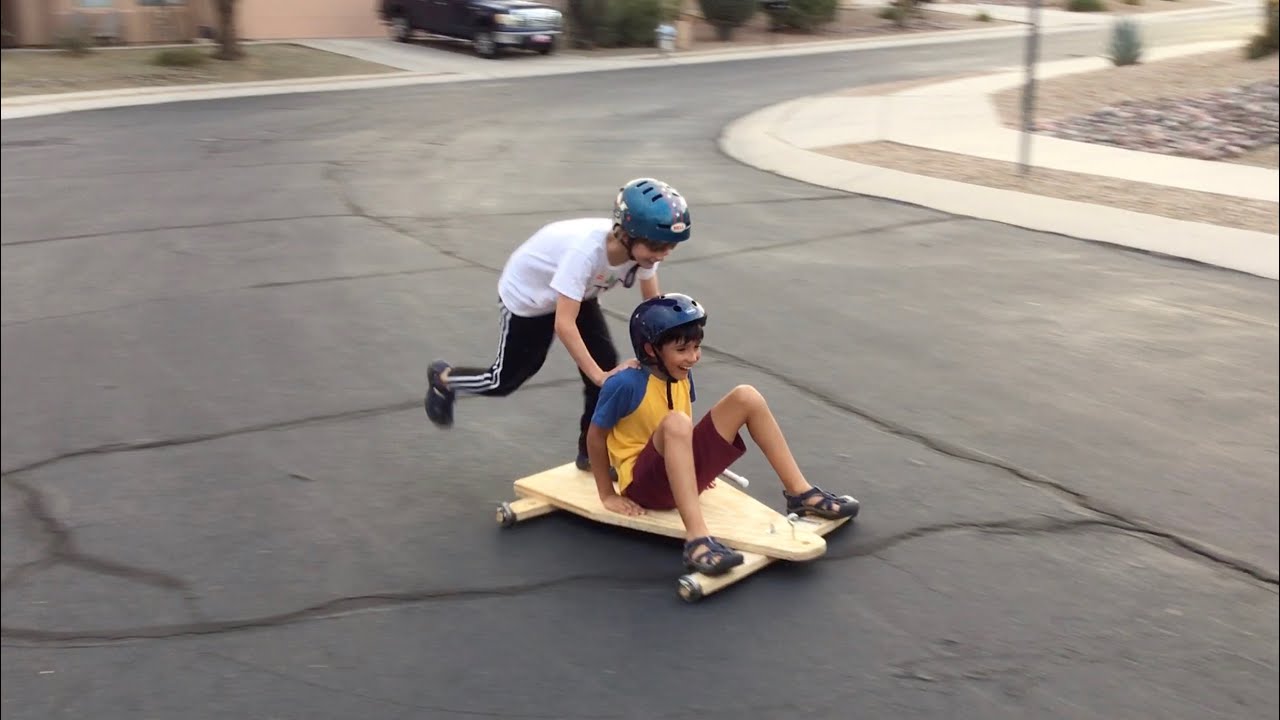
While the simpler go-karts are gravity propelled, the higher-end ones are motorized and reach speeds of 40 or 50mph. One could argue that the main difference between one and the other are the control skills required to drive them.
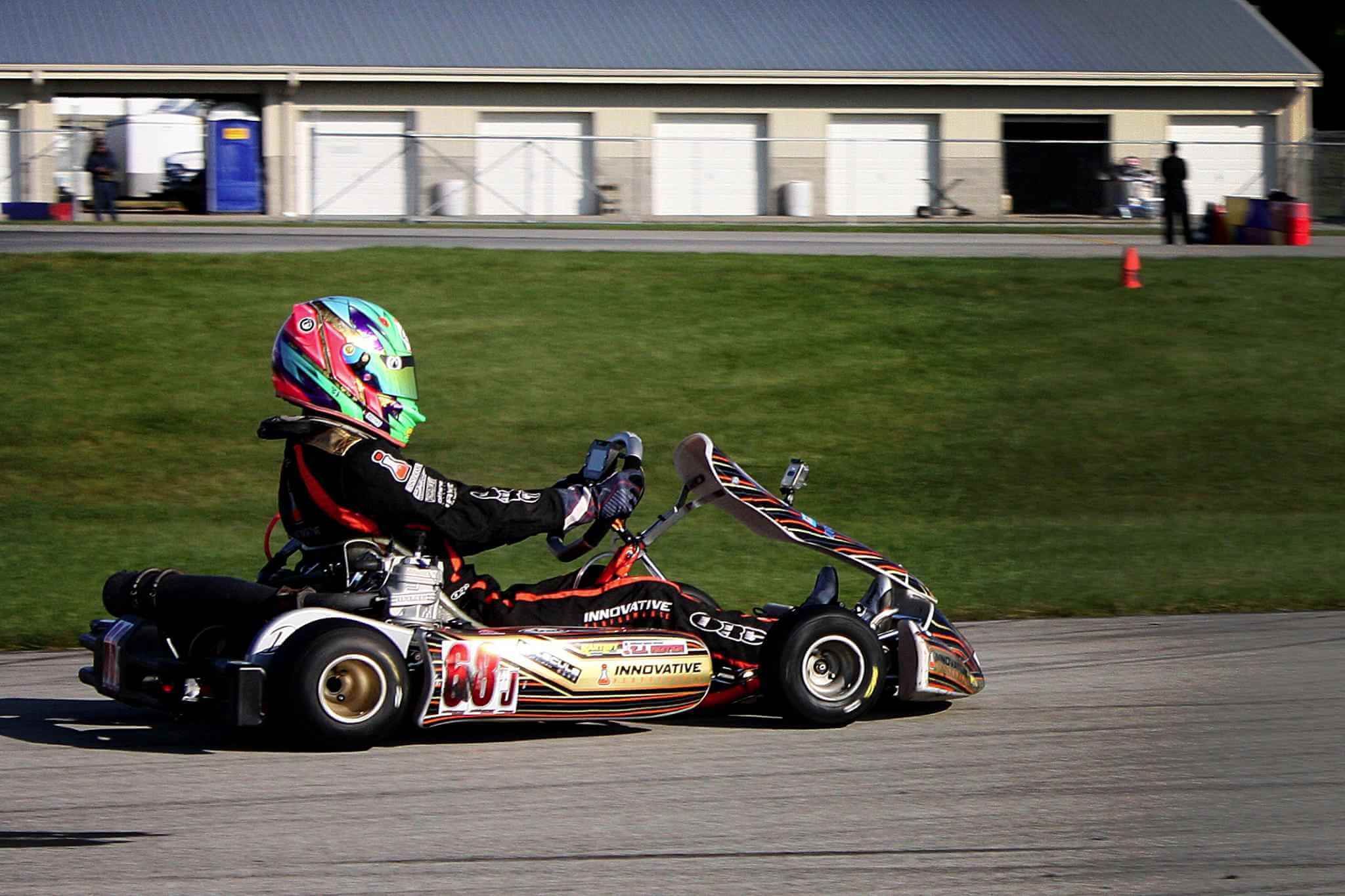
One could also argue that the difference between leading a startup in its early days and leading it during the scale up phase, is exactly the same.
In essence, when building a business, you are building a go-kart. Your very own go-kart. And when you launch it to market, you are betting (often all you have) on the idea that, as it picks up speed, it will not fall apart. With you sitting on it.
The inevitable question then is, how can we build a robust enough framework for the go-kart, so that it can stand the test of time and evolve with the business as needed?
Go-Kart essentials
This elemental vehicle is sufficiently simple and sufficiently familiar to provide us good grounds for analogy. The bare essentials of a go-kart are:
A platform, which is a fixed structure that keeps every other element in place, as well as sustains the weight of the person driving.
Fixed elements provide structure, and create a frame of reference for everyday activities and decision making. In a startup, this category contains things like the purpose of your organization, the promises you make to your customers, the shape and operative system of the organization.A propulsion system, which is a mechanical element consisting of two parts: a source of power, like an engine or gravity, that generates energy, and a propulsor, which is a means of converting power into propulsive force.
In a startup, the people are the element that generates energy, while other moving parts like the organization’s strategy, its products or services, the office, and the array of tools used to carry out its day to day activities, are a propulsor, the way that energy reaches the end customers.A steering system, which is a way to control the direction of the vehicle. No go-kart or organization exists in a vacuum: their evolution is deeply connected to the evolution of its customer base, and maintaining that balance is all about steering.
In a startup, the steering system is the Founder, and later the CEO: they are the ones who provide direction for the business and are in charge of navigating.
Every one of these is equally important: without a fixed element in place, our go-kart would be a spaghetti bowl of parts, but without any moving parts it wouldn’t move, and without the capacity for steering, the whole experience would be a speedy and danger-ridden ride to injury or worse.
Your go-kart’s dashboard
Paul Graham, co-founder of Y Combinator, says that startups work in counter-intuitive ways and that, if we don’t incorporate mechanisms to keep us on the right path, our intuition can lead us astray, and our go-kart will inevitably fall apart. As any pilot knows, we need to learn to trust our instruments more than we trust our senses, because our senses can be deceitful. A dashboard with clear, objective, easy-to-measure metrics is our best friend.
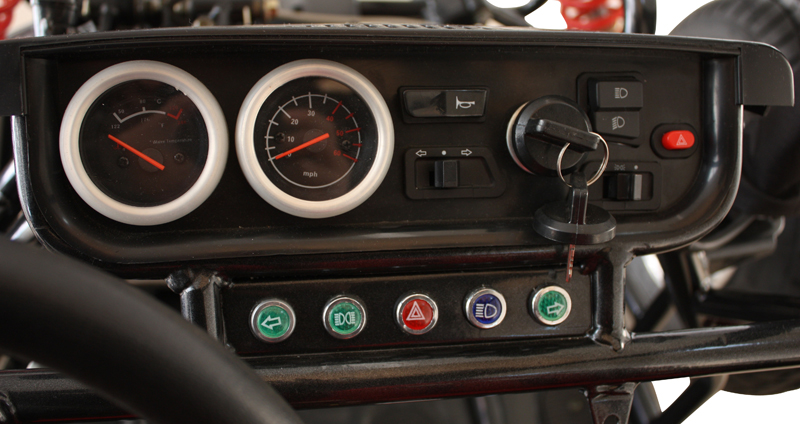
Over years of contributing to go-kart projects, we’ve learned that, while no one has the right answers, there are some key ideas that, when arrayed as a dashboard, can help us approach this problem. We put together a small go-kart building kit with a few of those ideas, to get our wheels on and, most importantly, keep them on.
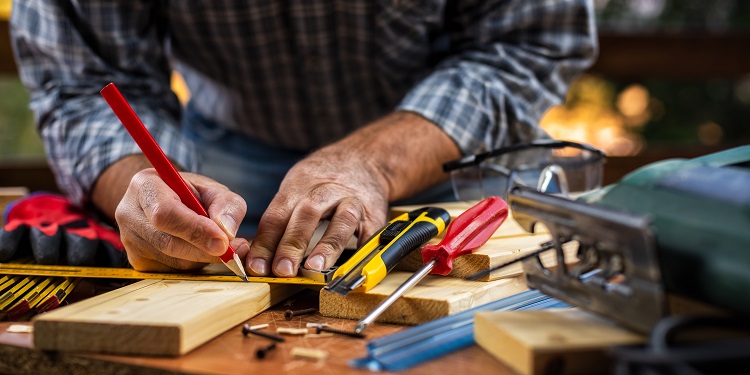
1. Build with the user in mind
If we think about it, no one needs you to build a startup. What people need are solutions to their everyday problems. Sometimes to obvious problems they are fed up with, and sometimes to not so obvious problems, that we can uncover and solve in one motion. If we can help with that, we’re on to something. In any case, we build with the user in mind.
Another useful idea from Paul Graham: what we need to succeed in building a startup is not expertise in building startups, but expertise in our users. So, before investing in the actual development, it pays off to invest in understanding your customer base.

2. Understand what kind of go-kart we are dealing with
Conventional problems are just as imaginable as conventional solutions. Most of them are already solved. But unconventional problems, which span beyond the border of the familiar and into the unknown, present us with problems that are not yet fully understood, and thus can’t be solved in a predictable, straightforward way. Understanding what kind of go-kart we are dealing with makes decisions easier along the way.
Dave Snowden’s Cynefin framework is a useful tool to map the complexity of the domain we’re operating in. From the simple and the obvious to outright disorder and chaos, it provides a way to navigate complexity in a counter-intuitive space like the startup world.

3. Build speed into the process
Speed is important because it’s not optional. Not for go-karts, and not for startups. Your go-kart’s best shot at staying in one piece comes from its capacity to endure speed. Also, the faster you build a vehicle and test it, the faster you will know how to build a vehicle that does what you want it to do.
But speed shouldn’t come at the expense of performance: some components are best bought, while some need a degree of customization to give us an edge. Knowing when to build, buy or adapt goes a long way.

4. Gaming the system is a bad idea
Most domains in life allow some degree of gaming: people get ahead by lying about how much they know or how much work they’ve put in, or by being someone’s son/daughter, niece/nephew, or by turning marketing efforts all the way up to 11 and creating Potemkin villages to give the appearance of success.
But there is no amount of gaming the system that can keep our go-kart in one piece as it gains speed. Cutting corners plays directly against us in this scenario. Same goes for any startup: if a shortcut existed, why isn’t it the main road?
Startups demand we put in the work and, since no single individual can do all the work, finding the right allies can make it or break it.
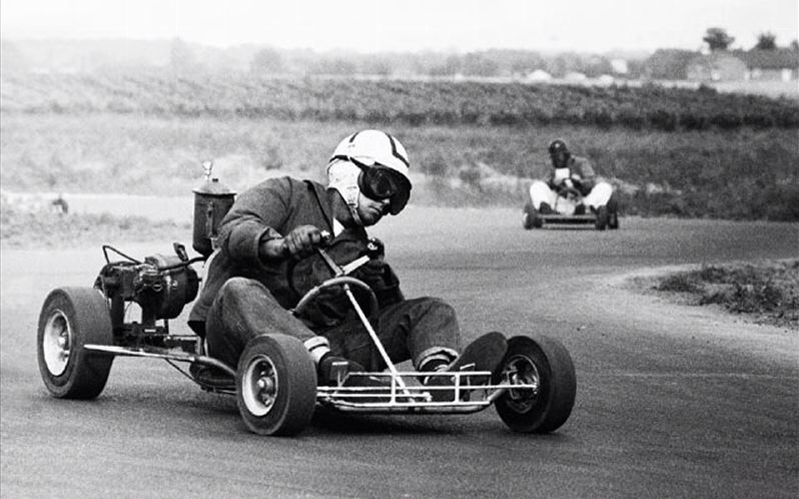
5. Fuel and metrics
A company needs money like a go-kart needs gas or inertia, to keep its wheels rolling. But we don’t build it in order to buy gas or accumulate inertia, and we also don’t build companies in order to make money. At least, we shouldn’t. Not because of some moral imperative, but because it makes no sense to do so.
Customers don’t buy the idea that we make money; why would they? They buy whatever value they perceive we offer them. And they keep buying if we deliver that value. A sale makes the wheels turn, a customer relationship keeps them turning.
Making money is not the goal of a startup. Money has a double function of keeping the wheels in motion whilst serving as a rudimentary metric: if we’re making money, it is a sign that we’re doing something for our customers. But, like a go-kart with no solid platform, a startup that only exists for the money has no structure to hold it in place.
On the other hand, when refining what our metrics are, and how we use them to steer our business: What if we could have a real-time, easy-to-understand, but formal model of the whole organization? And what if it was fed with real-time information?
Ready to drive

We began by arguing that, when speed increases, be it in a go-kart or in a startup’s growth, it becomes more and more relevant to have steering and control skills, in order to drive them.
But, as we began to break it down, it became evident that the skills of the driver are only a part of it. As it turns out, the other part concerns the quality of the materials we use, and the way we build it: keeping in mind that our work needs to endure time and high speeds.
In the end, though, we shouldn’t overlook the fact that it’s supposed to be fun. And that it’s much easier to have fun when we don’t need to worry about our go-kart breaking apart.
